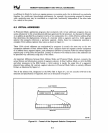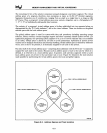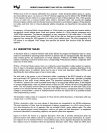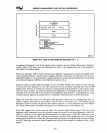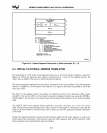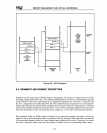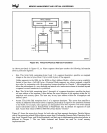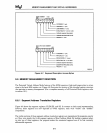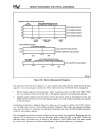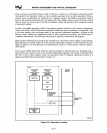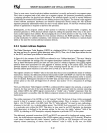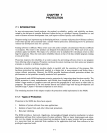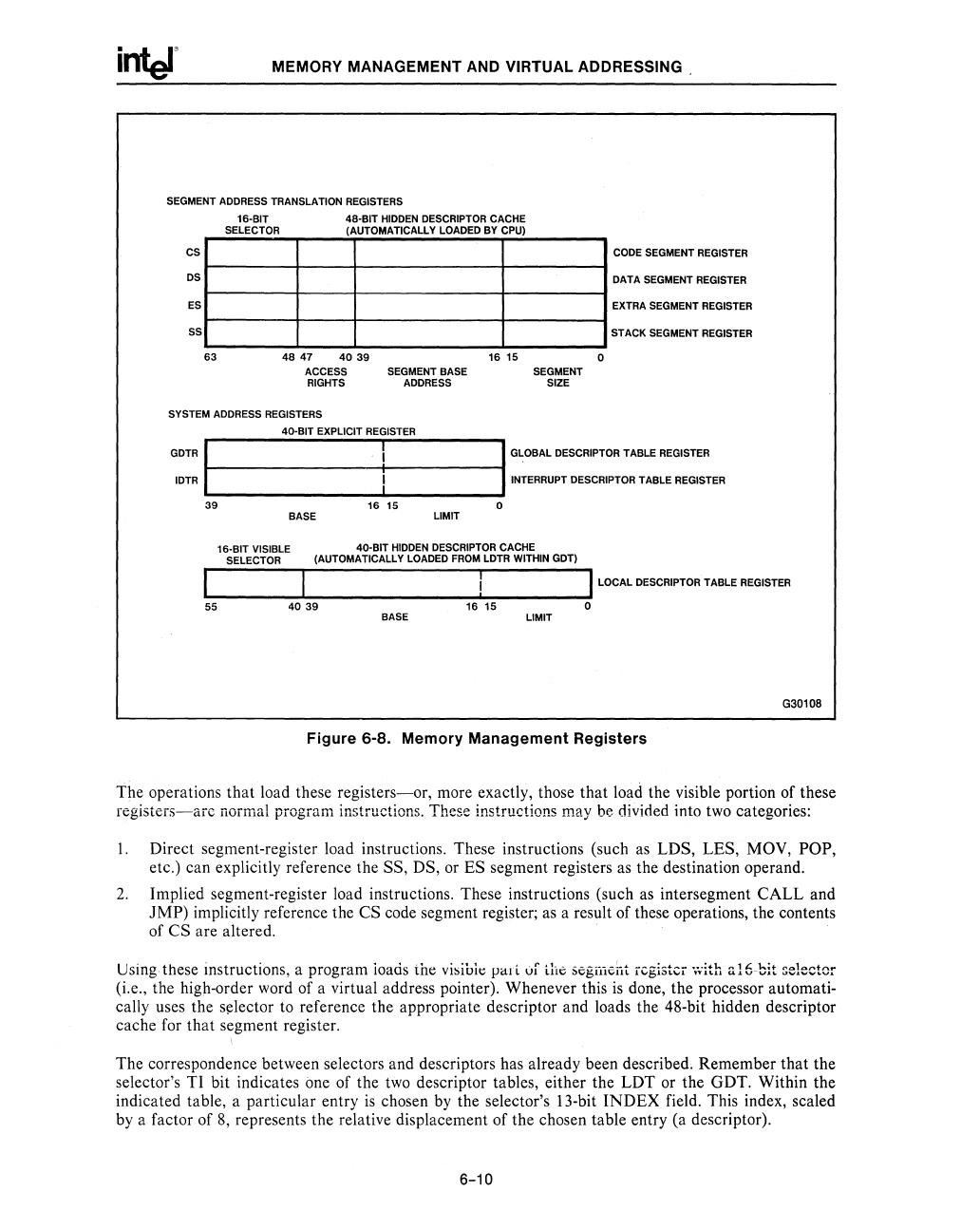
MEMORY MANAGEMENT AND VIRTUAL
ADDRESSING,
SEGMENT ADDRESS TRANSLATION REGISTERS
16-BIT 48-BIT
HIDDEN
DESCRIPTOR CACHE
I
,~_,m
''''~'"
DATA SEGMENT
REGISTER
EXTRA SEGMENT REGISTER
STACK SEGMENT REGISTER
63
48 47
4039
16 15 0
ACCESS SEGMENT BASE SEGMENT
RIGHTS
ADDRESS
SIZE
SYSTEM
ADDRESS REGISTERS
40-BIT EXPLICIT
REGISTER
GDTR
II------------t------,I
GLOBAL DESCRIPTOR TABLE
REGISTER
IDTR
_
INTERRUPT
DESCRIPTOR TABLE REGISTER
39
16 15 o
BASE LIMIT
16-BIT VISIBLE 40-BIT
HIDDEN
DESCRIPTOR
CACHE
SELECTOR
(AUTOMATICALLY LOADED
FROM
LDTR WITHIN GDT)
I LOCAL DESCRIPTOR TABLE
REGISTER
L5-5--------4-0~3-9------------------1-6~1~5----------~0
BASE
LIMIT
G30108
Figure 6-8. Memory Management Registers
The operations that load these
registers-or,
more exactly, those that load the visible portion of these
registers-arc
normal program instructions. These instructions may be divided into two categories:
I,
Direct segment-register load instructions_ These instructions (such
as
LDS, LES, MOV, POP,
etc.) can explicitly reference the SS, DS, or ES segment registers
as
the destination operand_
2.
Implied segment-register load instructions. These instructions (such as intersegment CALL and
JMP) implicitly reference the CS code segment register;
as
a result of these operations, the contents
of
CS
are altered.
Using these instructions, a program loads ine
visiul~
pal
i
(If
the
s6giTierll
register
'v',:ith
u 16-bit
~ele~tGr
(i.e., the high-order word of a virtual address pointer). Whenever this
is
done, the processor automati-
cally uses the selector to reference the appropriate descriptor and loads the 48-bit hidden descriptor
cache for that segment register.
The correspondence between selectors and descriptors has already been described. Remember that the
selector's TI bit indicates one of the
two
descriptor tables, either the LDT or the GDT. Within the
indicated table, a particular entry
is
chosen
by
the selector's 13-bit
INDEX
field. This index, scaled
by
a factor of
8,
represents the relative displacement of the chosen table entry (a descriptor).
6-10



